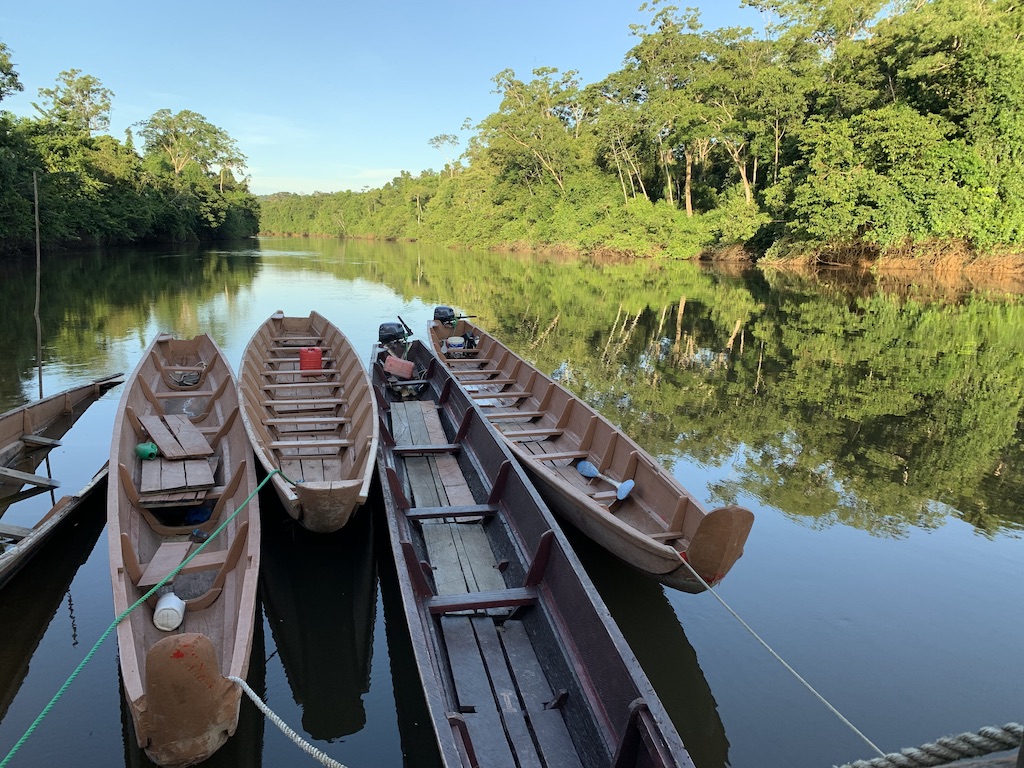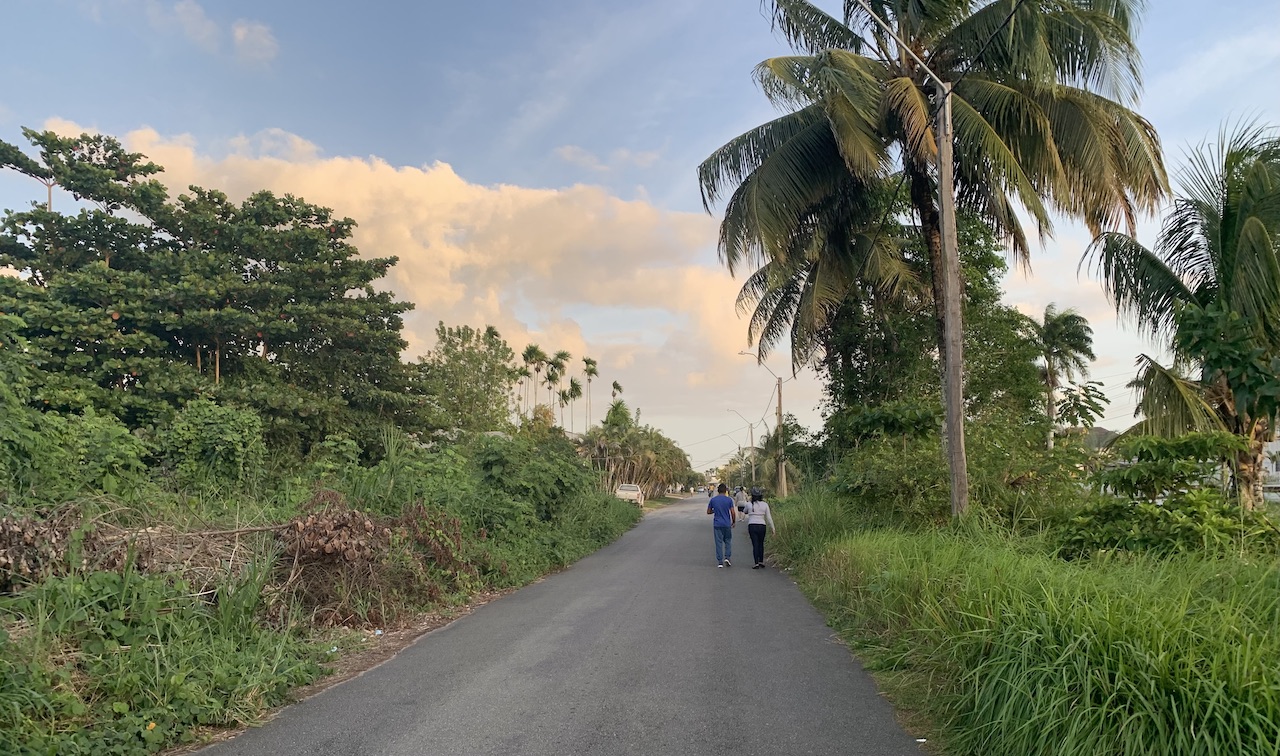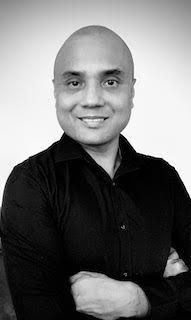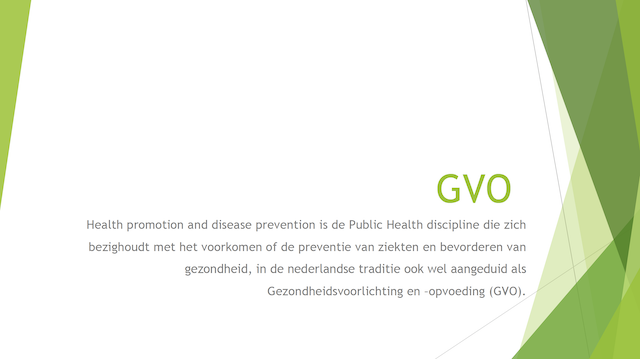
Teaching about environmental aspects of health promotion
🇸🇷 For the Dutch original version of this entry please follow this link.
The physical therapy program
The physical therapy program at the faculty of medical sciences of the Anton de Kom University of Suriname is made up of 3 Bachelor (BSc) and 2 Master (MSc) years. After completing the Master program and after being sworn in by the director of the Ministry of Health in Suriname, the newly graduated physical therapist can begin working in Suriname. They can work as an omni-practitioner in primary and secondary care or in specialized rehabilitation centers in Suriname. Furthermore, the newly graduated physical therapist can also contribute to primary prevention. Also, the MSc physical therapist can proceed within a PhD trajectory.
The health promotion course in the MSc program
The course is provided in the first semester of the Master’s program. During the Bachelor program, the students already gained knowledge about the physical therapy assessment and treatment of several disorders. The focus within the Bachelor programs is mainly on the needs of an individual (patient’s request), the risk factors that are connected to the patient’s request, the treatment and the secondary prevention.
Within the health promotion course, attention is given to the health promotion for individuals and groups, where students learn about the concepts, theoretical background and models that are important to health promotion. Besides gaining knowledge, the students learn to apply it through case studies.
Learning outcomes
At the end of the course students:
-
- can explain the importance of health promotion within public health.
- can explain and apply the concepts of four theories/models of behaviour change.
- have knowledge of models to plan, implement and evaluate health promotion activities.
- can use the scientific literature that focuses on physical activity messaging, framework & checklist and can evaluate physical activity messaging in Suriname

Drs. Daniella Eiloof (MSPH)
Docent (Anton de Kom University, Suriname)
Drs. Daniella Eiloof MSPH is responsible for this course within the physical therapy program since 2019. By using her knowledge and experience about health promotion within this course, the physical therapy students learn about implementing this in physical therapy in Suriname.

Se-Sergio Baldew (PhD)
Physical therapy program director (Anton de Kom University, Suriname)
Dr Se-Sergio Baldew is a physical therapist and the program director. Together with Daniella Eiloof, he works on adapting this course in such a way that environmental aspects are covered.

Student poster example
Incorporatie van onderwerpen aangaande omgevingsfactoren
Within the second aim, the students learn about the socio-ecological model. This model gives the relation between personal factors socio and environmental factors that have an influence on behaviour, especially physical activity (McLeroy et al 1988). When talking about the physical environment, we focus on the infrastructure, available facilities and parks that have an influence on a person’s physical activity behaviour.
So, the student gains knowledge about the impact of the environment (availability of parks and green spaces, the absence of cycling pads, air quality, street flooding ) on behaviours, especially on physical activity behaviour. After this, the different models for behavioural change are discussed.
Then, the students get an assignment: they will assess their environment and identify barriers and facilitating factors for physical activity. They will primarily focus on their own physical activity behaviour. By means of pictures of their environment and their physical activity behaviour, they make a digital poster that includes pictures or text of the barriers and or facilitating factors. The posters are then used to discuss the different factors and bring them in relation to the behavioural change models. The students will think of ways to address the barriers and facilitators when planning and implementing health promotion activities.
The exam consists of an oral exam in which a case is discussed and the student needs to plan a health promotion activity taking the socio-ecological model into consideration.
Reflections
With this course, students will gain knowledge and be triggered to think about how an inviting environment can influence the movement behaviour of a person. They learn to observe their own environment and identify barriers and facilitators. By letting them think about how these factors can be addressed when trying to help a person or group to become more active, we hope we trigger them to have more attention to their environment.
In the future, we will look at ways to trigger the students to think of how behaviours, especially physical activity behaviour, can influence their environment and planetary health.
To facilitate resource sharing and collaboration, you can download elements of presentations used in the teaching of this module in pdf format here. If you choose to use either of these, be it in their original form or by changing them according to your needs and context, we would highly appreciate if you could provide us with your feedback, questions and ideas for amendments.

Maak kontakt / Get in touch
🇸🇷 We horen graag van je en zetten het gesprek over ons Gezondheidsvoorlichting en -opvoeding onderwijs. Als je feedback, vragen of ideeën hebt die je met ons wilt delen, neem dan contact op met Se-Sergio Baldew (PhD) via e-mail of gebruik het onderstaande reactieformulier.
🇬🇧 We would love to hear from you and continue the conversation about our Health promotion teaching initiative. If you have any feedback, questions or ideas that you would like to share with us, please contact Se-Sergio Baldew (PhD) via email or use the comment form below.

0 Comments